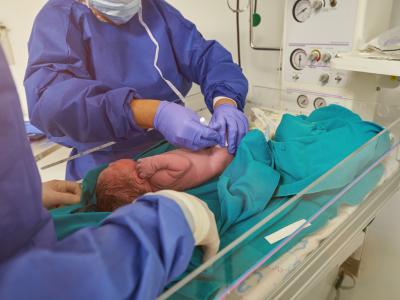
A paper published yesterday in the American Journal of Infection Control describes a small cluster of extensively drug-resistant (XDR) Shigella cases in California.
The three cases of XDR Shigella sonnei were identified in men who have sex with men (MSM) in Los Angeles who all presented with symptoms within 3 months of one another in 2023. All three men had reported histories of high-risk sexual behavior, and one was HIV-positive. Stool tests confirmed S sonnei infection, and antimicrobial susceptibility testing results showed resistance to azithromycin, ciprofloxacin, ceftriaxone, trimethoprim-sulfamethoxazole, and ampicillin, meeting the Centers for Disease Control and Prevention definition of XDR.
Because the temporal proximity of the cases prompted concerns for a potential outbreak, whole-genome sequencing of S sonnei isolates from the patients was performed. The results showed all three cases were highly genetically related, carried similar antimicrobial resistance genes (including blaCTX-M-15), and belonged to an S sonnei lineage that's distinct from other globally circulating strains.
"The discovery of a novel XDR S. sonnei actively spreading in Los Angeles is alarming," researchers from the David Geffen School of Medicine at the University of California, Los Angeles, wrote. "While most people recover from Shigella infections without antibiotics, patients who require treatment and who fail to respond to usual antibiotics such as ciprofloxacin and azithromycin may need alternate treatment regimens."
Growing number of outbreaks
Shigellosis is a highly infectious gastrointestinal condition caused by one of the four species of Shigella bacteria: S sonnei, S flexneri, S boydii, or S dysenteriae. It's transmitted by the oral-fecal route; via contaminated fomites, food, and water; or by direct person-to-person contact.
Though small, the outbreak is one of a growing number of XDR Shigella outbreaks that have occurred in recent years in Europe, the United Kingdom, Canada, and the United States. These outbreaks have primarily occurred among MSM and homeless populations.
The authors say their study provides "timely and deeper insights" into the spread of XDR Shigella in the United States.















